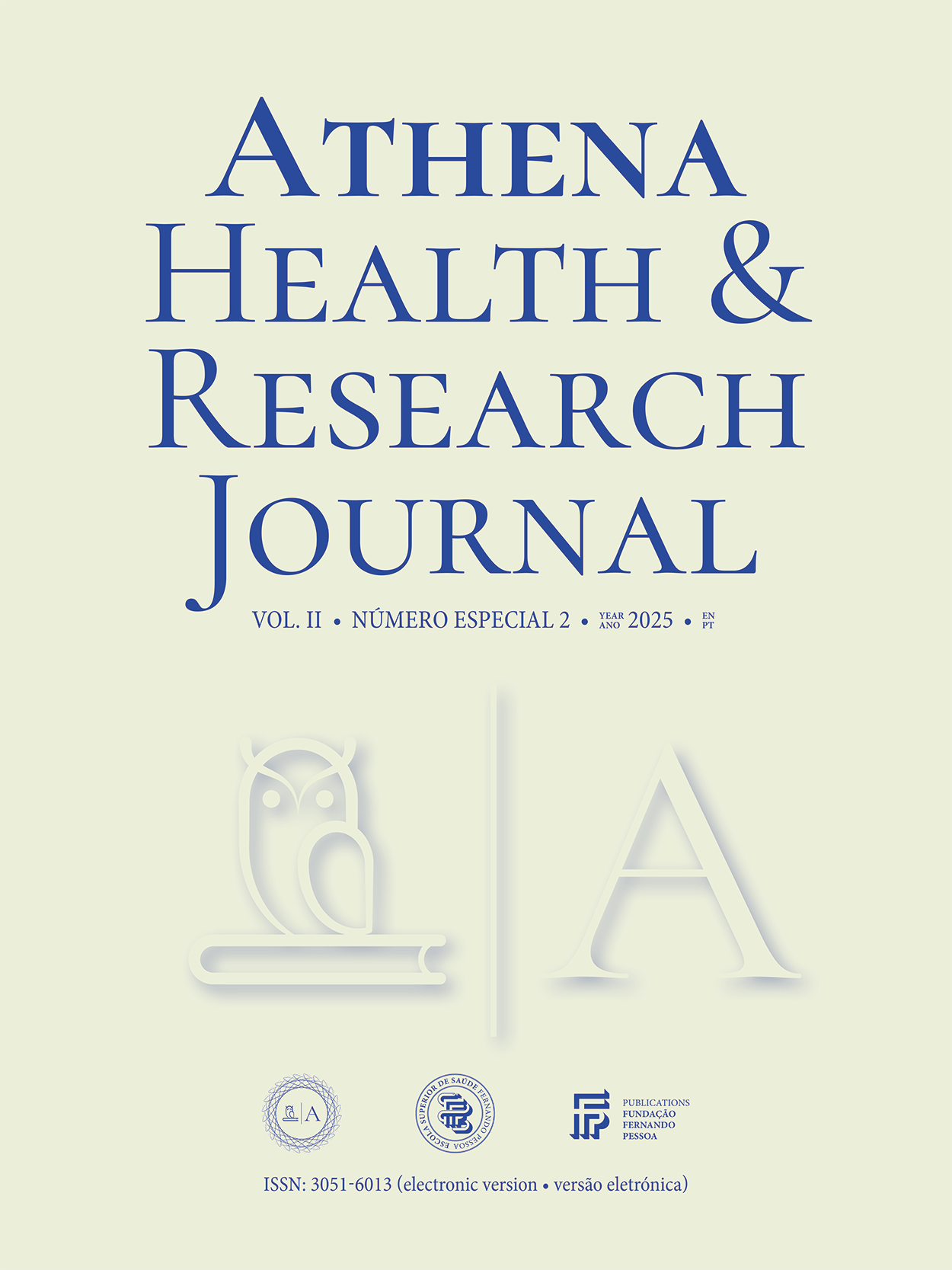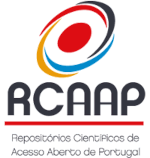Regenerative medicine using plant- and animal-derived exosomes: how to decide?
DOI:
https://doi.org/10.62741/ahrj.v2iSuppl.%202.106Keywords:
regenerative medicine, exosomes, skin rejuvenation, tissue regeneration, agingAbstract
Introduction: Exosomes are vesicles secreted by animal and plant cells, measuring 30 to 150 nm in diameter. They play a fundamental role in intercellular communication, enabling the modulation of cellular activity, including regeneration. Thus, they are considered promising strategies in the context of Regenerative Medicine, particularly in Orofacial Harmonization. Both types of exosomes - animal and plant-derived - present clinically significant advantages with distinct applications, which can be strategically adapted to therapeutic needs, individual patient profiles, and ethical preferences.
Objective: To analyze the therapeutic potential and decision-making factors in using animal- or plant-derived exosomes for regenerative applications in orofacial harmonization.
Methodology: This narrative review was conducted through a comprehensive search of PubMed, B-On, Science Direct, and Scielo using the keywords: "exosomes," “animal-derived,” “plant-derived,” "extracellular vesicles," "skin rejuvenation," and "aesthetic medicine," combined with Boolean operators ("AND" and "OR") to refine and expand results. Studies, reviews, and clinical trials with full-text access in English, published from 2024 to the present, were included. Exclusion criteria were duplicate articles, restricted-access publications, and studies not aligned with the proposed topic.
Results: Animal-derived exosomes, from mesenchymal stem cells, demonstrate high biocompatibility with human tissues and strong efficacy in intensive regenerative treatments. They contain high concentrations of growth factors, cytokines, and microRNAs essential for cellular regeneration, stimulate fibroblast proliferation, promote neocollagenesis and elastogenesis, and reduce inflammation and oxidative stress. These effects contribute to repairing aged or damaged skin, improving firmness, elasticity, and hydration. While minimally invasive and with low risk of adverse reactions compared to conventional treatments, strict purification is required to mitigate immunological and infectious risks. They are contraindicated in patients with oncological, autoimmune, or immunosuppressive conditions, as well as pregnant and lactating women. Plant-derived exosomes offer a more accessible, immunologically safe, and environmentally sustainable alternative. They are rich in natural antioxidants and anti-inflammatory agents that help reduce oxidative stress and skin inflammation, promoting a rejuvenating effect. Their application is typically less invasive and topical, but contraindications include allergies to specific plant components or existing wounds or skin irritations in the application area. In Portugal, regulations regarding the origin, isolation, purification, identification, and use of exosomes are still under development, requiring rigorous, standardized evaluations for safety and efficacy.
Discussion Choosing between animal- and plant-derived exosomes depends on therapeutic goals, biological effects, and safety considerations. Animal exosomes provide strong regenerative potential, while plant exosomes offer antioxidant and anti-inflammatory benefits. Combining both may enhance outcomes and allow more personalized treatments.
Conclusions: Decisions regarding the use of animal- or plant-derived exosomes should be guided by patient-specific therapeutic objectives, biological rationale, and safety profiles. The future integration of both exosome types represents a promising innovation in orofacial harmonization, potentially delivering more effective, personalized regenerative treatments.
References
NA
Downloads
Published
Issue
Section
License
Copyright (c) 2025 Athena Health & Research Journal

This work is licensed under a Creative Commons Attribution-NonCommercial 4.0 International License.
Copyright of published papers is assigned to the Journal, but all content is licensed under the terms of Creative Commons Non-comercial 4.0 International License. Thus users are allowed to read, download, copy, distribute, print, search, or link to the full texts of the articles, or use them for any other lawful purpose, without asking prior permission from the publisher or the author. This is in accordance with the BOAI definition of open access.














